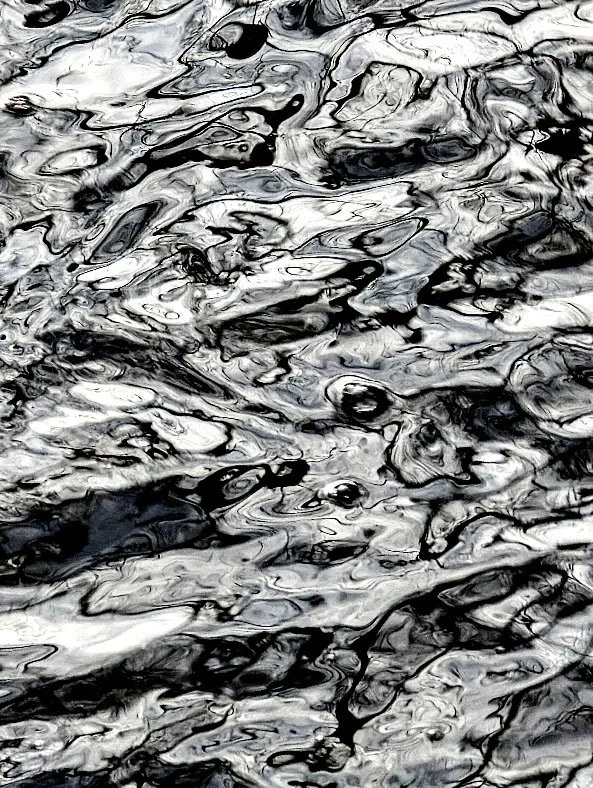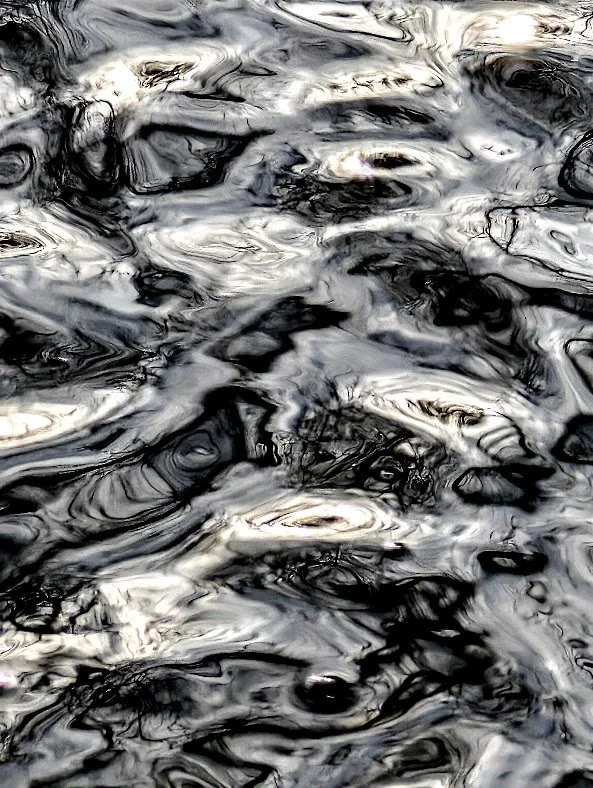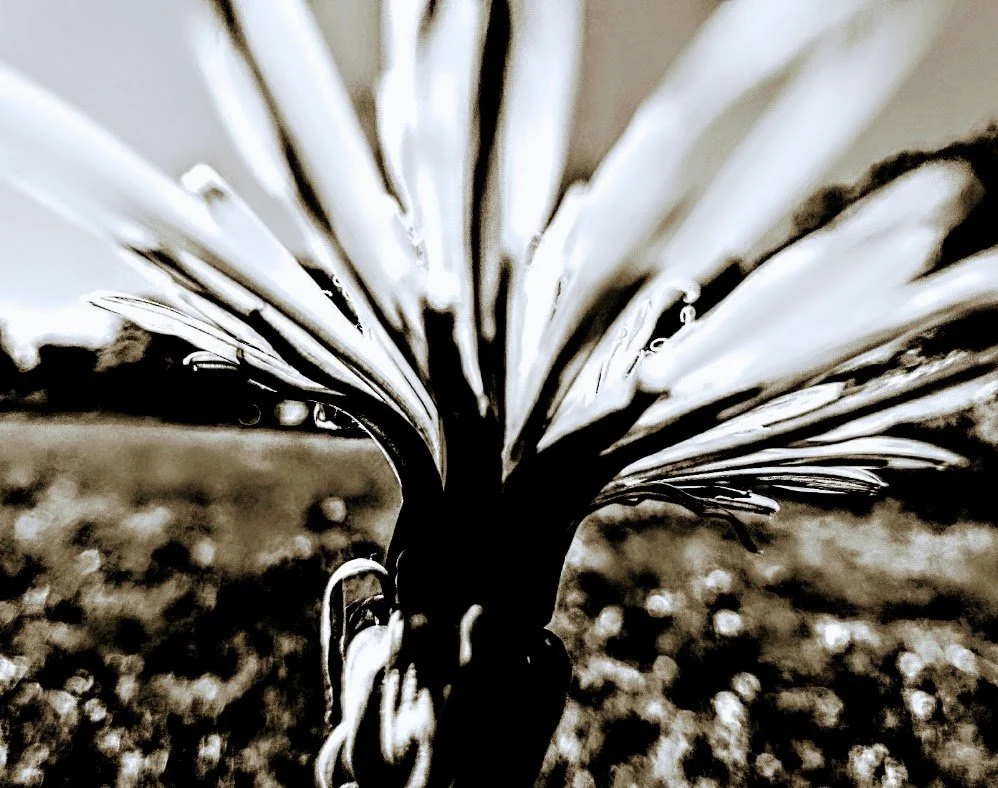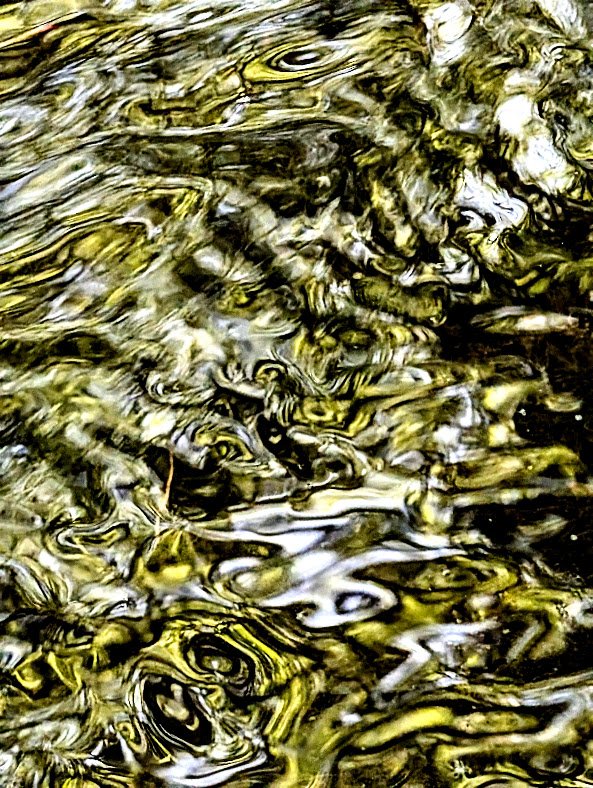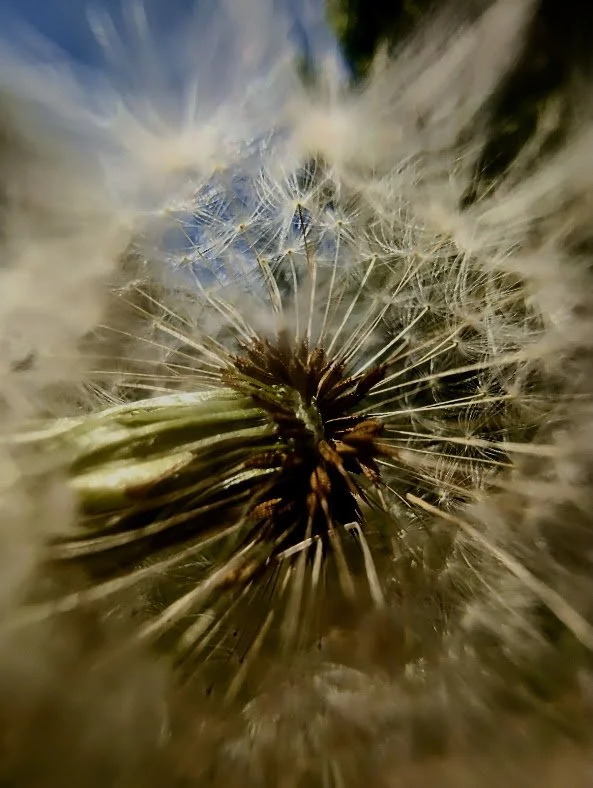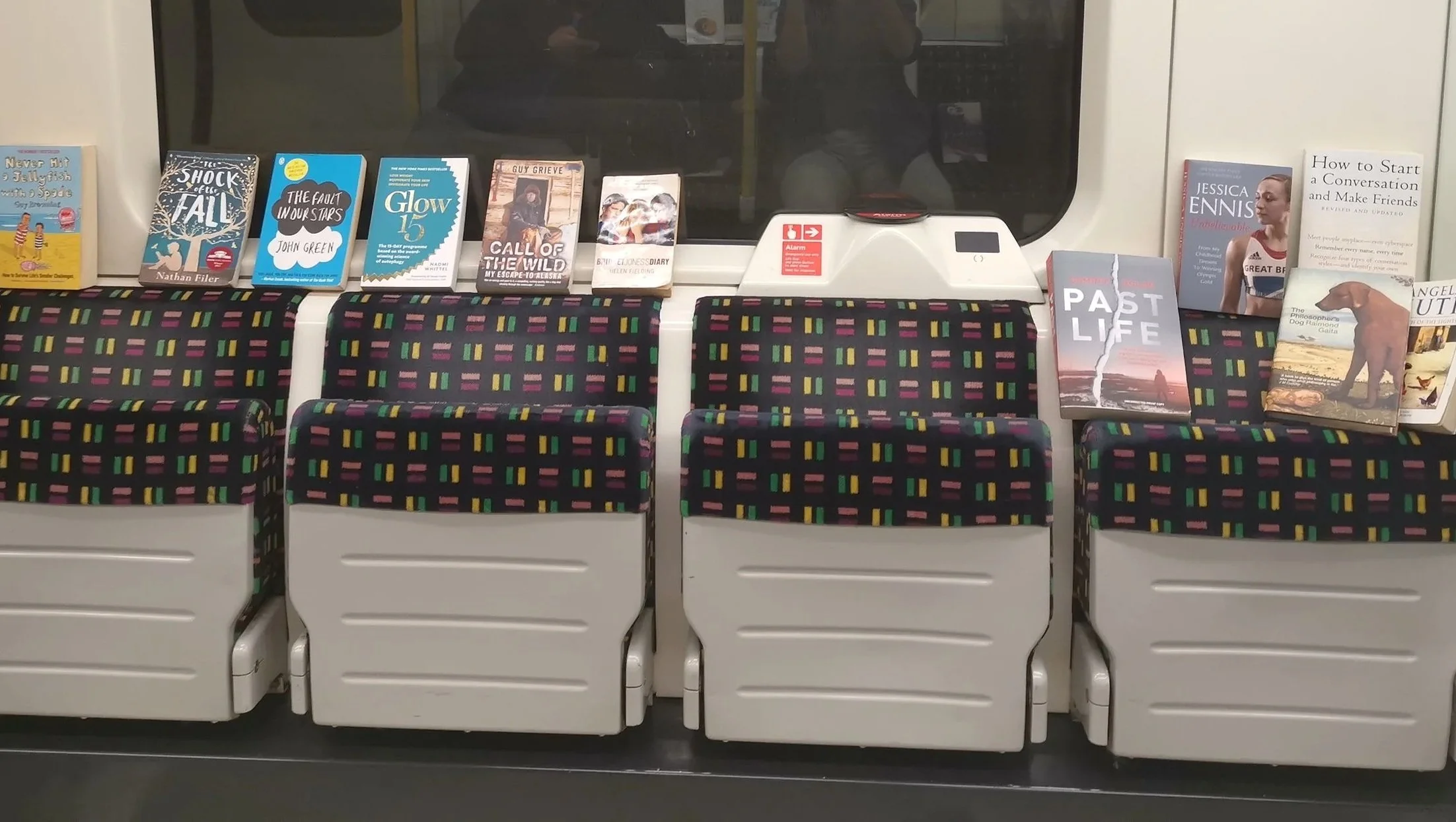Isles
Isles is a London-based, self-taught artist whose practice explores our connection to the body and the boundaries we've been taught exist between self, other and nature. Through intuitive making across a mix of forms, they unravel norms around belonging, identity, time, and how we relate to one another. Their work is both personal reflection and collective inquiry - searching for alternative ways of being that exist beyond dominant narratives.
Isles’ practise was formed through a year-long study with The Artist's Way, and a peer-led learning journey with Huddlecraft, which culminated in a co-created exhibition exploring presence and liberation through photography, poetry, and tree wisdom. Since 2020, they have been deepening their commitment to creativity as a practice of reclaiming agency and imagination. Their approach is shaped by values of anti-capitalism, collective care, and peer-led learning, and by a belief that art-making is not reserved for the few, but something that should be accessible to all.
observations of the ordinary
observations of the ordinary
Much of this work emerges from walks through everyday landscapes that would often go overlooked - small South London parks with scrappy patches of grass, walkways through the city and footpaths along the vegetable fields in Kent.
A series of photographs and videos developed (between 2020-2025) through a practice of noticing the everyday - finding magic in what we've often been taught to see as mundane or ordinary. They are moments of stillness found in motion - watching trees paint with sunlight across a garden fence or observing ripples of water draw in lines and swirls across its surface.
When the mind can so easily slip into boredom or despair in these times, choosing awe is its own form of freedom. These small moments of noticing offer something else, a different way to be with the present moment.
queering time
This series is an ongoing exploration on how we experience and embody time beyond its linear constraints. Questioning the language we use around time and what it reveals about how we've been taught to relate to our days, our bodies, our lives.
Drawing on concepts such as deep time and, the Buddhist notion of spiritual evolution through The Spiral Path, this work builds on these ideas of experiencing time in non-linear ways, and experiencing moments where time drops away completely.
One method involved holding a pen to paper whilst standing or sitting on moving buses and trains, letting the vehicle's motion draw the lines. Through embodied mark-making, the body in motion becomes a collaborator with forces beyond its control.
The work proposes that reclaiming our relationship to time is an act of resistance and a source of agency. When we are able to experience a moment beyond the ticking clock, time becomes less like a line and more like a texture - something we float in rather than move along, something that holds us rather than pushes us forward. The sensation of time moves through the body and many layers of time can exist simultaneously: a flashback from the past, this present moment, a future we're reaching for, all existing at once.
connection experiments
A series of relational interventions (developed between 2018-2019) exploring how strangers might meet and connect in spaces where intimacy has been replaced by efficiency. Inspired by Lost Connections by Johann Hari, these works emerged from a curiosity about how disconnection has become embedded in our social fabric, and what small gestures might begin to repair it.
In one experiment, books were placed on the seats and windows of the London Underground - small gifts left behind to spark curiosity and conversation among commuters. As participants, we became part of the scene, observing how a simple, shared object could open space for dialogue and exchange in an environment usually defined by silence and isolation.
The second exploration, set in and around St Pancras Station in London, questioned the possibilities and limits of trust and touch, between people meeting for the first time in a public space. Each person took turns to stand with arms wide open, blindfolded, holding a sign that read, ‘Do you trust me? Hug me.’
Together, these gestures question how we might rebuild the social fabrics that late capitalism has frayed - the informal, communal Third Spaces. The works ask what it means to create momentary commons in the everyday, and how small creative acts can help us practise being with one another again.

body as landscape
This series was developed in Spring 2024 and emerged from a collection of practices including foraging, gardening, herbalism, and ritual. It explores the connection between body and plant life, continuing relationships and conversations with the eucalyptus and the elderflower plant.
Placing plants across the skin brought a different kind of proximity than foraging or gardening allow. Here, there is no gap between observer and observed. It's no longer about looking at a plant or even touching it briefly. It's about resting together, allowing the plant to meet the body as landscape.
This work explores foraging and connecting with plants as a mutual encounter - not just what it's like for the human to be close to the plant, but what the plant might experience in its closeness to human form.
By seeing the body through the lens we use to look at nature - seeing it for its textures, curvy shapes and lines - it aims to reimagine the body as a part of the earth rather than separate from it. It becomes a way of re-meeting the body, not as object, but as as part of the living world.
finding doors, finding canvas
This ongoing work began in August 2024, from a regular practice of noticing and connecting to doors as symbols of possibility. This soon turned into a practice of finding doors left out to be discarded or passed on. Walking through London, abandoned doors on the streets started to feel like openings, invitations to something beyond what's visible - a reminder that multiple paths exist, even when it doesn't feel that way within the systemic, emotional and physical constrains we live with. These doors acted as a reminder of the choices available to us and the practice of remembering we have agency to choose.
One was brought home and painted intuitively over a week, layering colour and gesture until it felt alive. The work explores what it means to reclaim something discarded and make it into a threshold again. It's also a way of working with what already exists - finding unloved objects as canvas rather than consuming new materials, making art more accessible and sustainable in the process.




